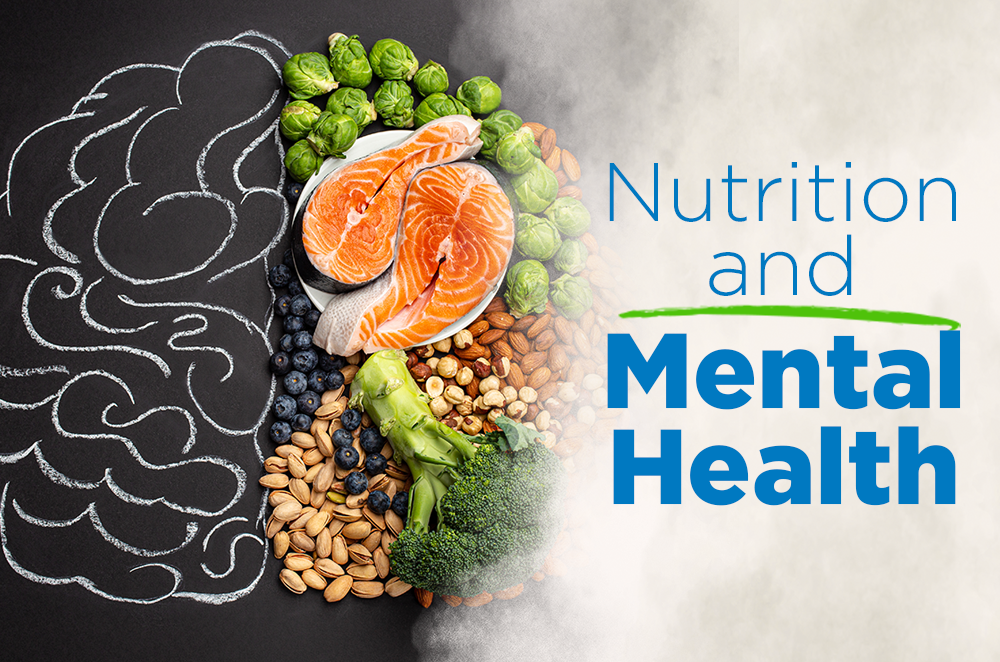
Therapr Team
When you’re in a rush at the grocery store, it's easy to grab products based on packaging or marketing claims like “low-fat” or “natural.” But the real story lies in the nutrition facts label and the ingredients list. Learning how to read these properly can help you avoid hidden sugars, unhealthy fats, and unnecessary additives while choosing foods that truly nourish your body.
The Nutrition Facts panel gives you detailed information about the nutrients in a single serving of food.
Key elements to focus on:
Quick Tip:
5% DV or less = low
20% DV or more = high
Sugar can be disguised under many names. Just because a food says “no added sugar” doesn’t mean it’s low in sugar.
Watch out for:
Tip:
The “Added Sugars” line on the label can help you differentiate between natural and artificial sources.
Even if a label says “0g trans fat,” it may still contain some if it's less than 0.5g per serving.
Clue:
Check the ingredient list for partially hydrogenated oils—this is where trans fats hide.
Why it matters:
Trans fats are linked to heart disease, inflammation, and high cholesterol.
Too much sodium can increase blood pressure and heart disease risk, and it’s hidden in many packaged and canned foods.
Tip:
Choose foods with less than 140mg of sodium per serving if you're aiming for a low-sodium diet.
Watch out in:
Pro Tip:
Always look beyond the front-of-package claims and go straight to the ingredients and nutrition label.
Ingredients are listed in order by weight—from most to least. The fewer and more recognizable the ingredients, the better.
Watch for:
Rule of Thumb:
If you can’t pronounce it, you might not want to eat it.
Don’t be fooled by phrases like “multigrain” or “wheat.” Look for “100% whole grain” or check that whole grain is the first ingredient.
Fiber goal:
Choose products with at least 3 grams of fiber per serving for lasting fullness and better digestion.
Food packaging is designed to make products look healthier than they are.
Common misleading terms:
Smart strategy:
Always cross-check the claim with the nutrition facts and ingredient list.
Food labels are your best defense against unhealthy choices in the supermarket. By learning how to properly read and interpret them, you gain the power to make smarter, healthier decisions for you and your family. Take your time when shopping—your long-term health is worth the extra few minutes.
Author profile
Read more articles by Therapr Team.

Get the latest wellness insights delivered to your inbox.
Subscribe to Newsletter